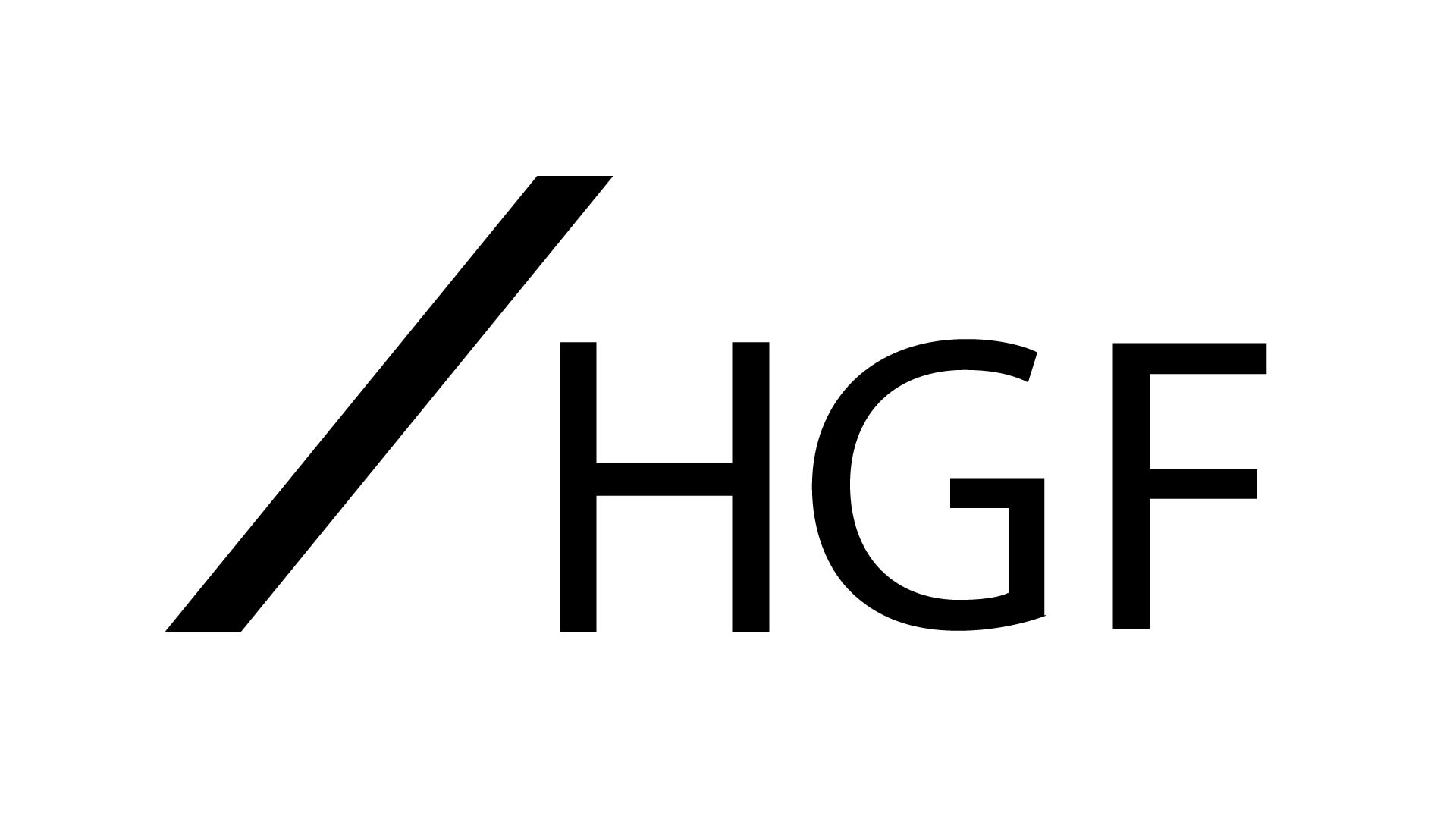News
Prospect of successful attempt at “Gilette Defence” fizzles out in SodaStream v Aarke with Aarke found to infringe SodaStream’s patent
November 2024
In SodaStream v Aarke (UPC_CFI_373/2023), the UPC’s Dusseldorf local division has given us further insight into the UPC’s approach to claim interpretation. The court held that, if the patent distinguishes itself from the prior art in a particular way, an interpretation that negates that distinction must be avoided. However, the court dismissed Aarke’s attempt at a Gilette defence, in which Aarke tried to argue that the proximity of the alleged infringement to the prior art device discussed in the patent created a “squeeze,” whereby an interpretation that covered the alleged infringement would also cover the prior art, rendering the claim invalid.
Background
Since the UPC Court of Appeal (UPC_CoA_335/2023) overturned 10x Genomics’ preliminary injunction against Nanostring in early 2024, the UPC has taken a fairly consistent approach to claim interpretation. Unlike the prevailing[1] approach taken by the EPO Boards of Appeal, the UPC always relies on the description and drawings to interpret patent claims and not merely to resolve ambiguities in certain terms. This has often led to the UPC interpreting claims more narrowly than might have been expected from the literal wording of the claims, particularly in cases where there was no support in the description for the broader, verbatim language.
The present case
In SodaStream v Aarke, the UPC’s Dusseldorf local division has given us an insight into whether the prior art described in the description of the patent should influence the way patent claims are interpreted. Although the European Patent Convention does not make an explicit reference to the prior art in the context of claim interpretation, the court held that this does not mean that the prior art is irrelevant to the scope of the patent. If the patent distinguishes itself from the prior art in a particular way, an interpretation that negates that distinction must be avoided.
The technical details
The case at hand concerned a device for carbonating drinks. These devices work by introducing gas into a drink under high pressures. The gas dissolves in the drink at high pressure, but when the pressure is reduced, gas comes out of solution as bubbles or “fizz.”
The patented device included a flask for receiving a container of liquid, and a filling head for introducing gas into the liquid. The flask and filling head were said to be movable relative to one another to form a substantially closed cavity. In the drawings of the patent, a bottle was always shown to be lowered into an upstanding flask, with the filling head movable to engage the open rim of the flask to form the closed cavity. The flask and filling head were said in the description of the patent to provide burst protection, for example, in the event of the drinks bottle breaking under the pressure and much was made in the patent of the user being protected from fragments of broken glass.
Claim interpretation
The question of infringement turned on the interpretation of two key terms. The first was “flask” and the second was “substantially closed cavity.” The court held that, despite an upstanding flask being the sole embodiment illustrated, a claim interpretation that was supported by the description and drawing was not generally “limited by a drawing showing a specific shape of a component.” Thus, although Aarke’s device employed a protective shroud that was lowered over a bottle, this did not distinguish it from a “flask” as defined in claim 1.
The attempt at a “Gilette Defence”
Aarke’s argued that this interpretation would render the claim invalid because the prior art acknowledged in the patent described shields that were lowered over bottles. Aarke’s position was that, by acknowledging that the prior art employed shields, the patent made a distinction between shields and flasks. By interpreting the term “flask” to cover the shroud used in the alleged infringement, the court was also interpreting the claim to cover the shields of the prior art, rendering the claim invalid.
The court disagreed. Although the patent acknowledged that the prior art disclosed shields, the patent also indicated that such shields may be lifted upwards, opening a gap through which glass particles could be released to injure the user. The court held that this part of the description of the patent influenced what was meant by “substantially closed cavity.” Specifically, the court held that a skilled person would understand that such a “substantially closed cavity” served to protect the user from flying glass particles in an uncontrolled manner. Compared to the prior art, the claim described a structure that avoided the possibility of a gap opening in the closed cavity. Because the alleged infringement provided a substantially closed cavity that protected the user from flying glass particles in an uncontrolled manner, the court found Aarke’s device to infringe SodaStream’s patent.
No counterclaim for invalidity
Interestingly, Aarke’s defence relied solely on claim interpretation. Aarke did not counterclaim for invalidity. Had a counterclaim been made, Aarke might have been able to argue that the claim as interpreted was obvious from the prior art acknowledged in the description. Future litigants may be more wary of relying solely on interpretation as a defence.
Conclusion
This case also highlights yet another area where the drafting of the description can affect claim interpretation. Practitioners should already be wary of drafting specifications that rely solely on examples and embodiments that are significantly narrower than the claims, as we have seen how the UPC has relied on more narrowly drafted patent descriptions to restrict claims that have a broader literal meaning. With the jury still out as to whether the file history can be relied upon to interpret a claim, we may not be able to rely on using post-filed submissions in the file wrapper to counter the potentially restricting effects of e.g., narrowly drafted examples insofar as claim interpretation is concerned[2]. Following this decision, practitioners should also be mindful of the narrowing effect that characterisation of the prior art may have on claim interpretation.
[1] Currently subject to a referral before the Enlarged Board, G1/24
[2] This may still be possible from the point of view of showing inventive step across the breadth of the claim but there is a risk that the breadth of the claim will be decided first with reference to the description and drawings and without reference to the file history.
This article was prepared by Partner & Patent Attorney Hsu Min Chung.































